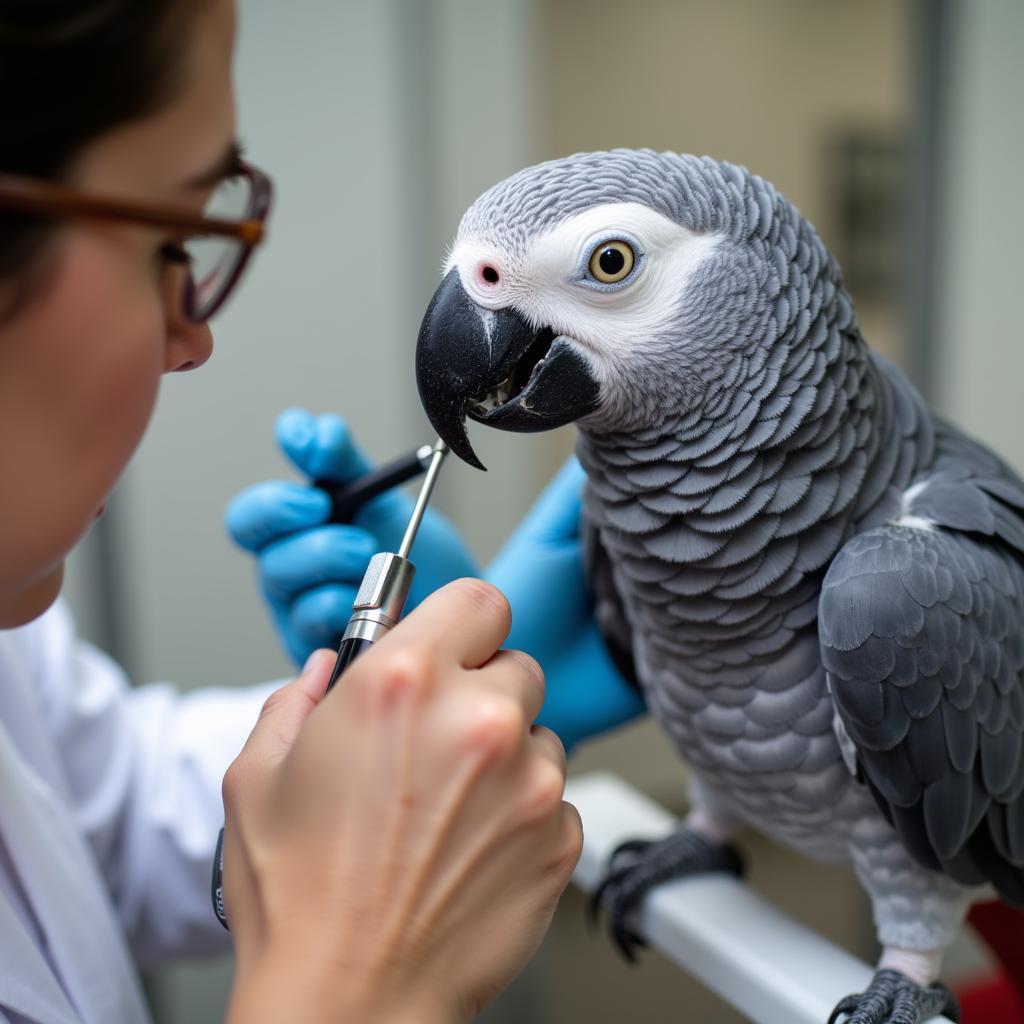Unveiling the Majesty: The African Huge Elephant
The African Huge Elephant, an iconic symbol of Africa’s untamed wilderness, stands as the largest land mammal on Earth. Their immense size, with males reaching up to 13 feet tall and weighing over 6 tons, is only surpassed by their intelligence and complex social structures. These gentle giants play a vital role in maintaining the delicate balance of their ecosystems.
A Closer Look at the African Huge Elephant
Often referred to as the “gardeners of the savannah,” African huge elephants are keystone species, meaning their presence significantly impacts the environment around them. Their massive appetites lead them to consume vast quantities of vegetation, shaping the landscape and creating clearings that allow sunlight to reach the forest floor. This, in turn, promotes the growth of new plants and provides habitats for a wide range of other species.
Distinguishing Features of the African Huge Elephant
- Size and Weight: As their name suggests, African huge elephants are enormous, dwarfing other land mammals.
- Tusks: Both male and female African elephants possess tusks, which are elongated incisor teeth that continue to grow throughout their lives. These ivory tusks serve a multitude of purposes, from digging for water and stripping bark to defense and social displays.
- Trunk: The elephant’s trunk is a remarkable example of evolutionary adaptation. This prehensile organ, formed by the fusion of the nose and upper lip, is incredibly strong yet sensitive. It is used for a wide array of tasks, including breathing, smelling, drinking, communicating, and manipulating objects.
- Ears: African elephants have characteristically large ears, which play a crucial role in thermoregulation. The extensive network of blood vessels in their ears helps to dissipate heat, keeping these massive animals cool in the scorching African sun.
The Social World of African Huge Elephants
African huge elephants are highly social animals, living in tightly-knit family groups led by an experienced matriarch, typically the oldest and wisest female. These herds can range in size from a few individuals to over a hundred, with strong bonds of kinship and cooperation uniting its members.
Communication is key to maintaining these social structures, and elephants employ a variety of vocalizations, including trumpets, rumbles, and screams, to convey messages across long distances. They also use infrasound, sounds too low for humans to hear, which can travel for miles, facilitating communication over vast areas.
Threats to the African Huge Elephant
Despite their size and strength, African huge elephants face numerous threats, primarily from human activities.
- Poaching: The illegal ivory trade remains a significant threat to elephant populations across Africa.
- Habitat Loss: As human populations expand, elephant habitats are being lost to agriculture, mining, and other forms of development. This encroachment forces elephants into closer proximity to humans, leading to increased conflict.
- Climate Change: Altering weather patterns and prolonged droughts are putting additional pressure on elephant populations, impacting their access to food and water resources.
Conserving the African Huge Elephant
Protecting these magnificent creatures requires a multi-faceted approach, addressing the root causes of their decline and fostering coexistence between humans and elephants.
- Anti-Poaching Efforts: Strengthening law enforcement, increasing penalties for wildlife crimes, and disrupting trafficking networks are crucial to combating the illegal ivory trade.
- Habitat Protection and Restoration: Establishing protected areas, promoting sustainable land management practices, and creating wildlife corridors are essential for securing elephant habitats.
- Community Engagement: Involving local communities in conservation efforts, providing alternative livelihoods, and mitigating human-elephant conflict are key to long-term success.
Conclusion
The African huge elephant stands as a testament to the power and splendor of the natural world. Ensuring the survival of these magnificent creatures for generations to come requires a collective commitment to conservation, addressing the threats they face and fostering a future where humans and elephants can coexist in harmony.

